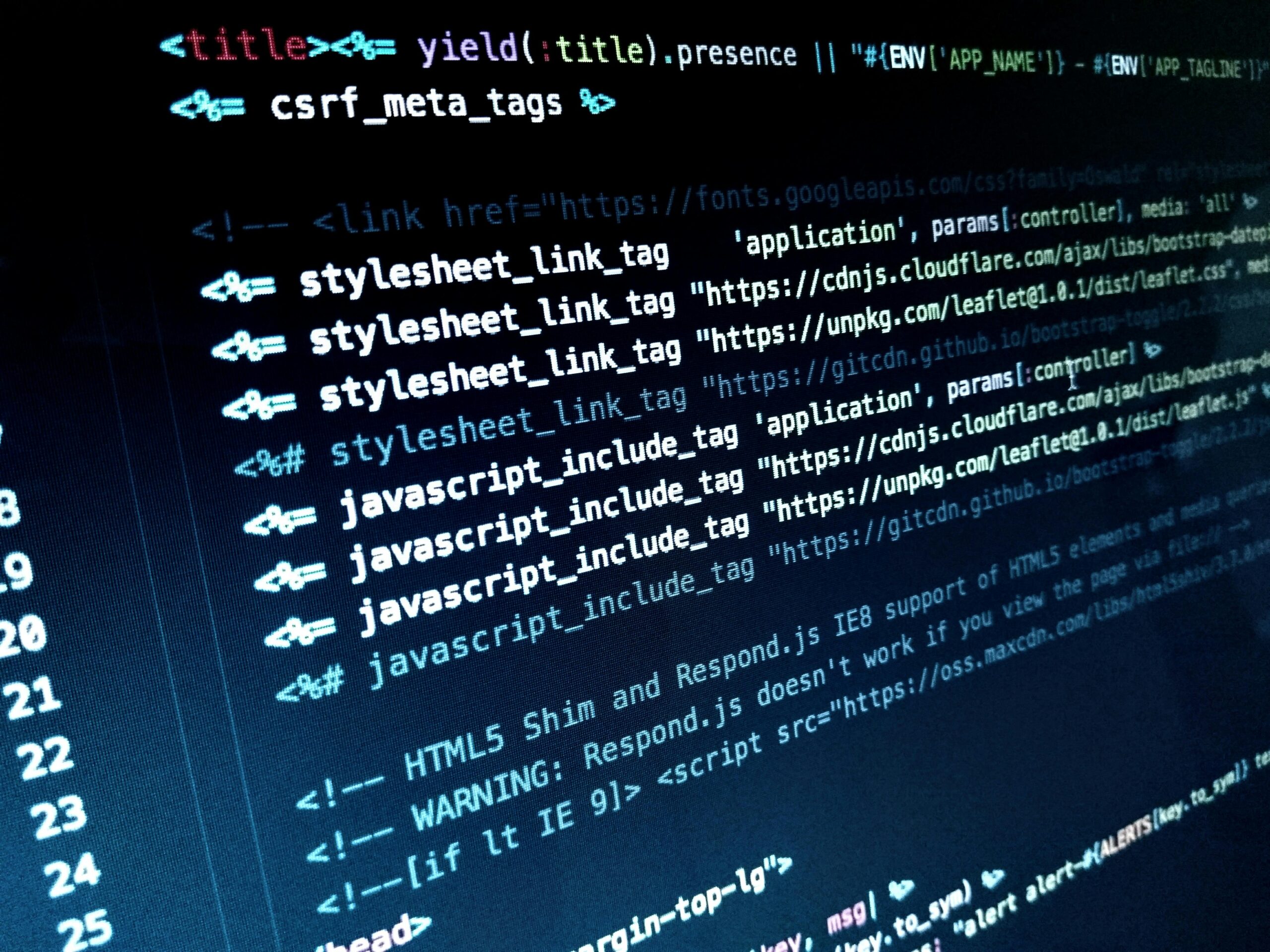Starting computer programming can seem overwhelming at first, but with the right approach, it becomes an exciting journey. Here’s a step-by-step guide to help you begin:
1. Choose the Right Programming Language
- Python: A great beginner-friendly language, known for its simplicity and versatility.
- JavaScript: Essential for web development and a good way to start if you’re interested in front-end or back-end programming.
- Scratch: A visual, block-based programming tool designed for kids but useful for complete beginners to grasp basic concepts.
- C: If you want to understand lower-level programming and how things work under the hood.
2. Understand the Basics
- Learn about the basic concepts of programming, such as:
- Variables and data types (integers, strings, etc.)
- Conditional statements (if-else)
- Loops (for, while)
- Functions (how to write reusable code)
- Data structures (arrays, lists, dictionaries, etc.)
3. Choose a Learning Platform
- Interactive Websites:
- Codecademy: Offers hands-on interactive programming lessons for beginners.
- freeCodeCamp: Provides free tutorials and projects in various programming languages.
- MOOCs (Massive Open Online Courses):
- Coursera: Offers courses from universities on Python, Java, etc.
- edX: Harvard’s CS50 is an excellent introduction to computer science and programming.
- Books:
- “Python Crash Course” by Eric Matthes for Python.
- “Head First JavaScript” by Michael Morrison for JavaScript.
- “The C Programming Language” by Brian Kernighan and Dennis Ritchie for C.
4. Practice Consistently
- Start Small: Build small projects, such as a calculator, a to-do list, or a simple game.
- Coding Challenges: Join websites like LeetCode, HackerRank, or Codewars to solve coding problems.
- Work on Real Projects: As you grow comfortable, start creating small, real-world projects to test your knowledge.
5. Use an IDE or Text Editor
- IDEs: Integrated Development Environments like PyCharm, Visual Studio Code, or Sublime Text make coding easier with features like syntax highlighting, debugging tools, and autocompletion.
- Version Control: Learn the basics of Git and GitHub to manage your code and collaborate with others.
6. Join a Coding Community
- Online Communities: Participate in forums like Stack Overflow or Reddit’s programming subreddits where you can ask questions and share knowledge.
- Open Source Projects: Contributing to open-source projects on GitHub helps you learn from experienced developers and improve your coding skills.
7. Study Algorithms and Data Structures
- After learning the basics, start focusing on algorithms (how to solve problems efficiently) and data structures (ways to organize data).
- Books:
- “Grokking Algorithms” by Aditya Bhargava (a beginner-friendly approach to algorithms).
- “Introduction to Algorithms” by Cormen et al. for a deeper dive.
8. Build a Portfolio
- Create a portfolio showcasing the projects you’ve built. It helps you to keep track of your progress and shows potential employers or collaborators what you’ve accomplished.
9. Stay Patient and Persistent
- Programming can be frustrating at times, especially when debugging code. Practice regularly, learn from your mistakes, and don’t hesitate to seek help when stuck.
By following this structured path and practicing regularly, you’ll gradually become confident in your programming abilities.

